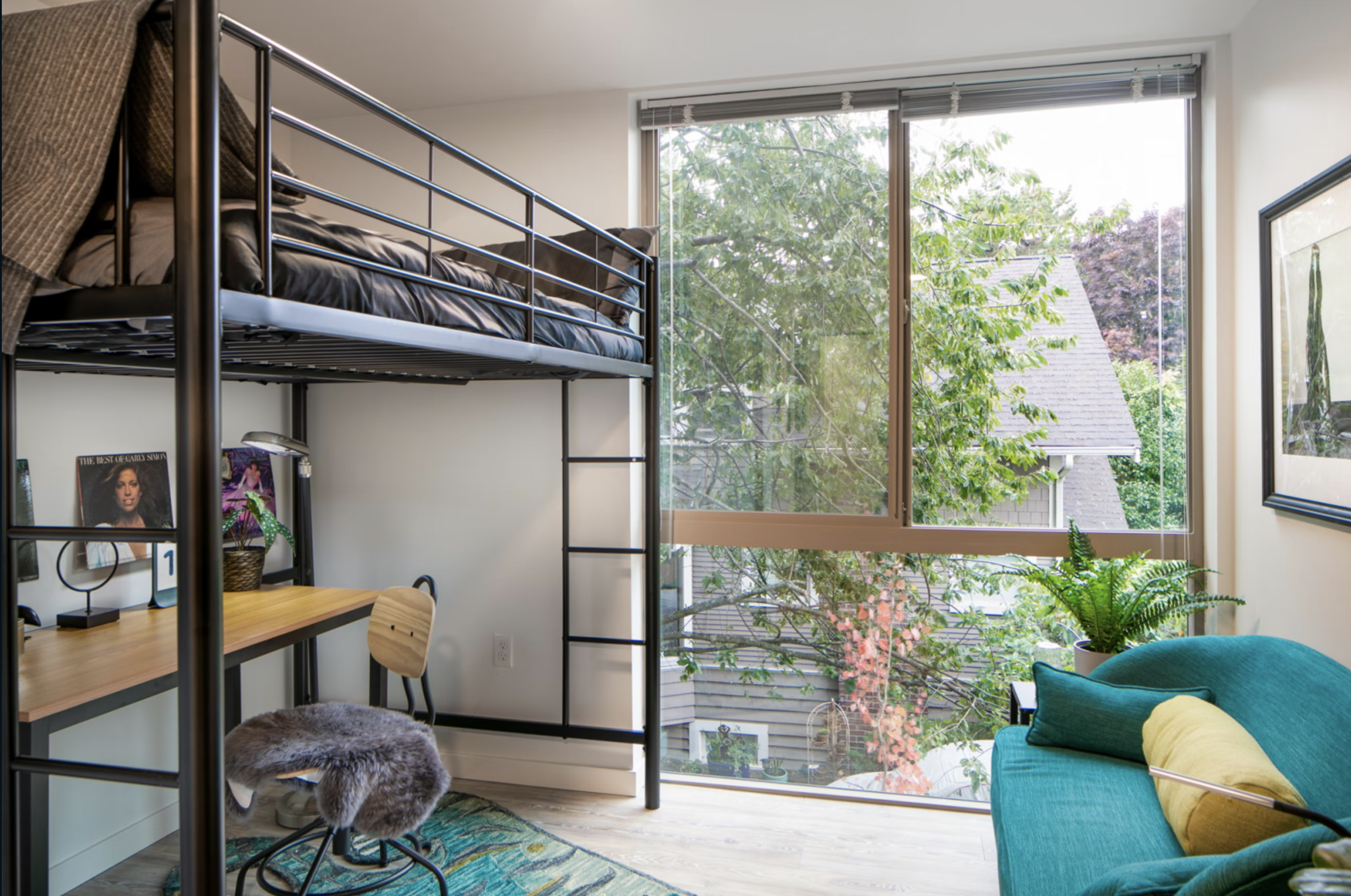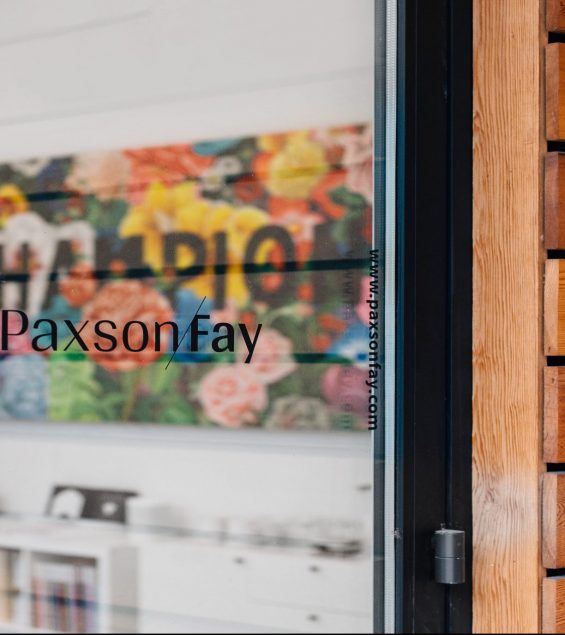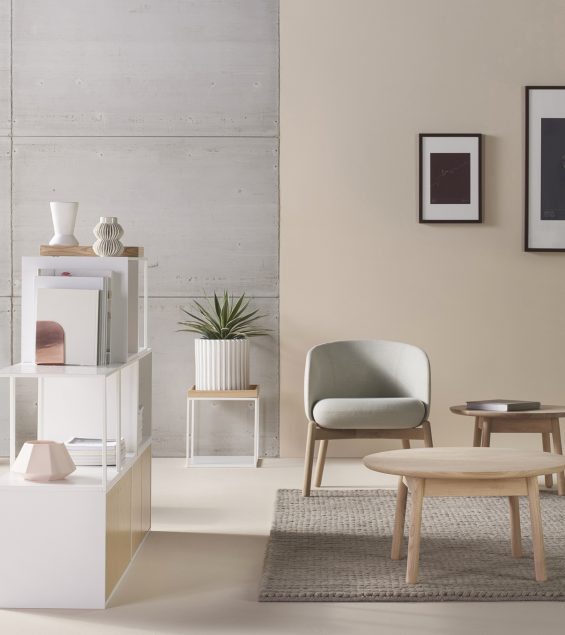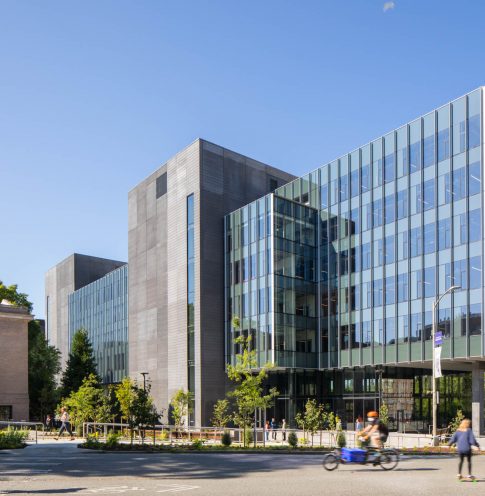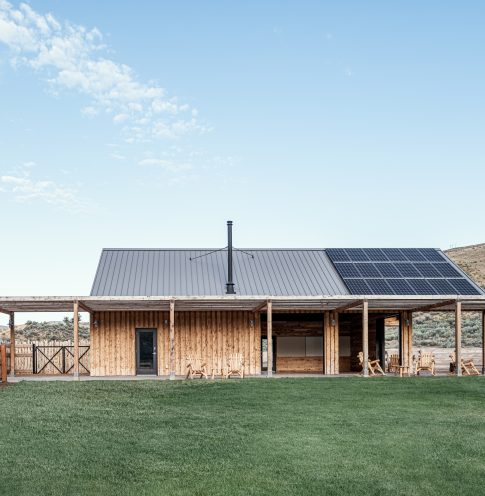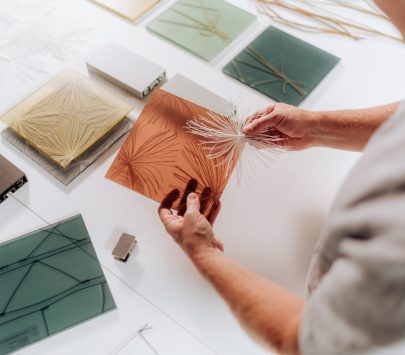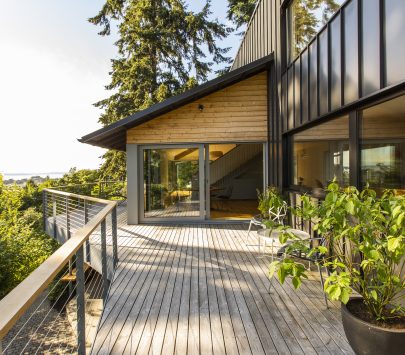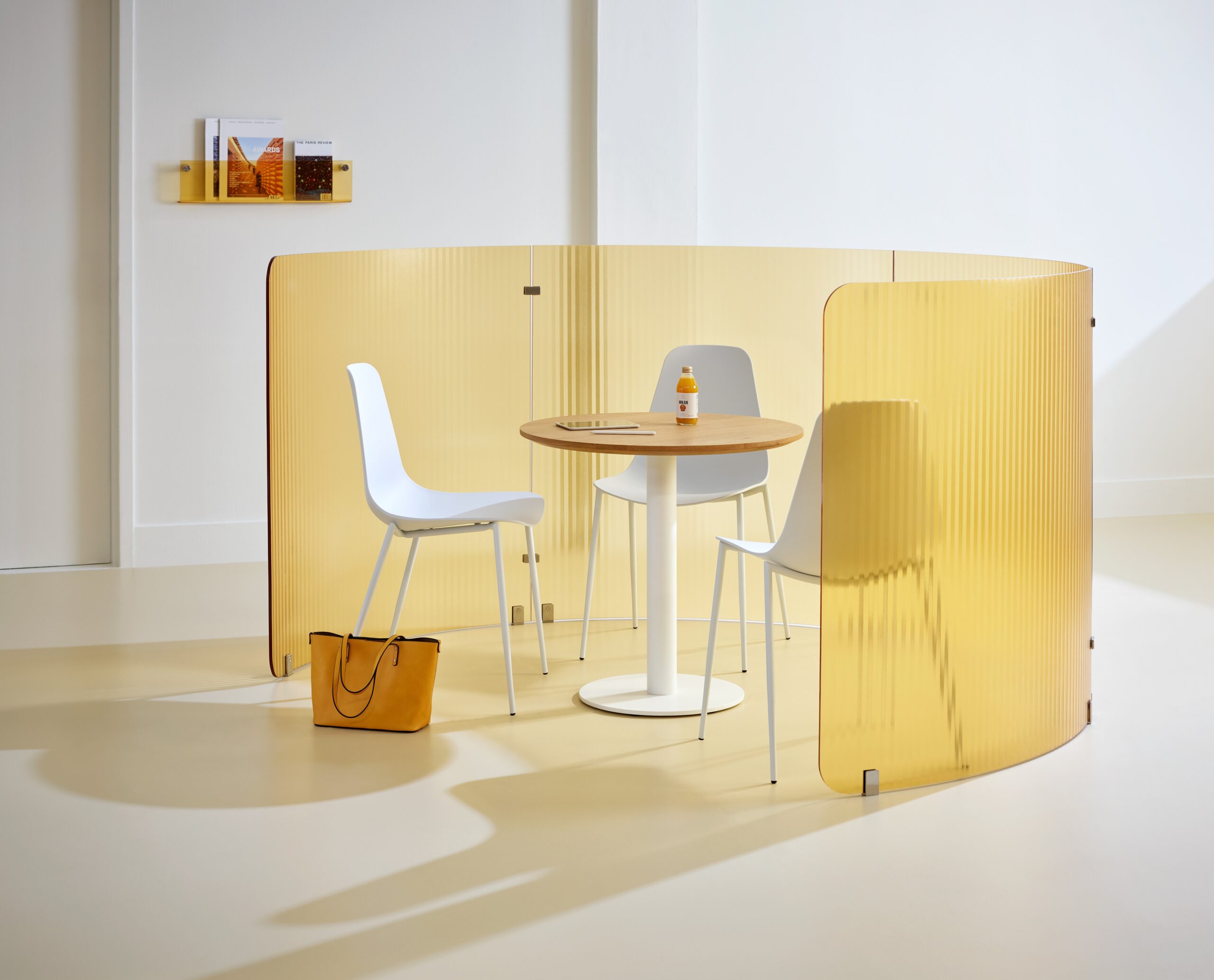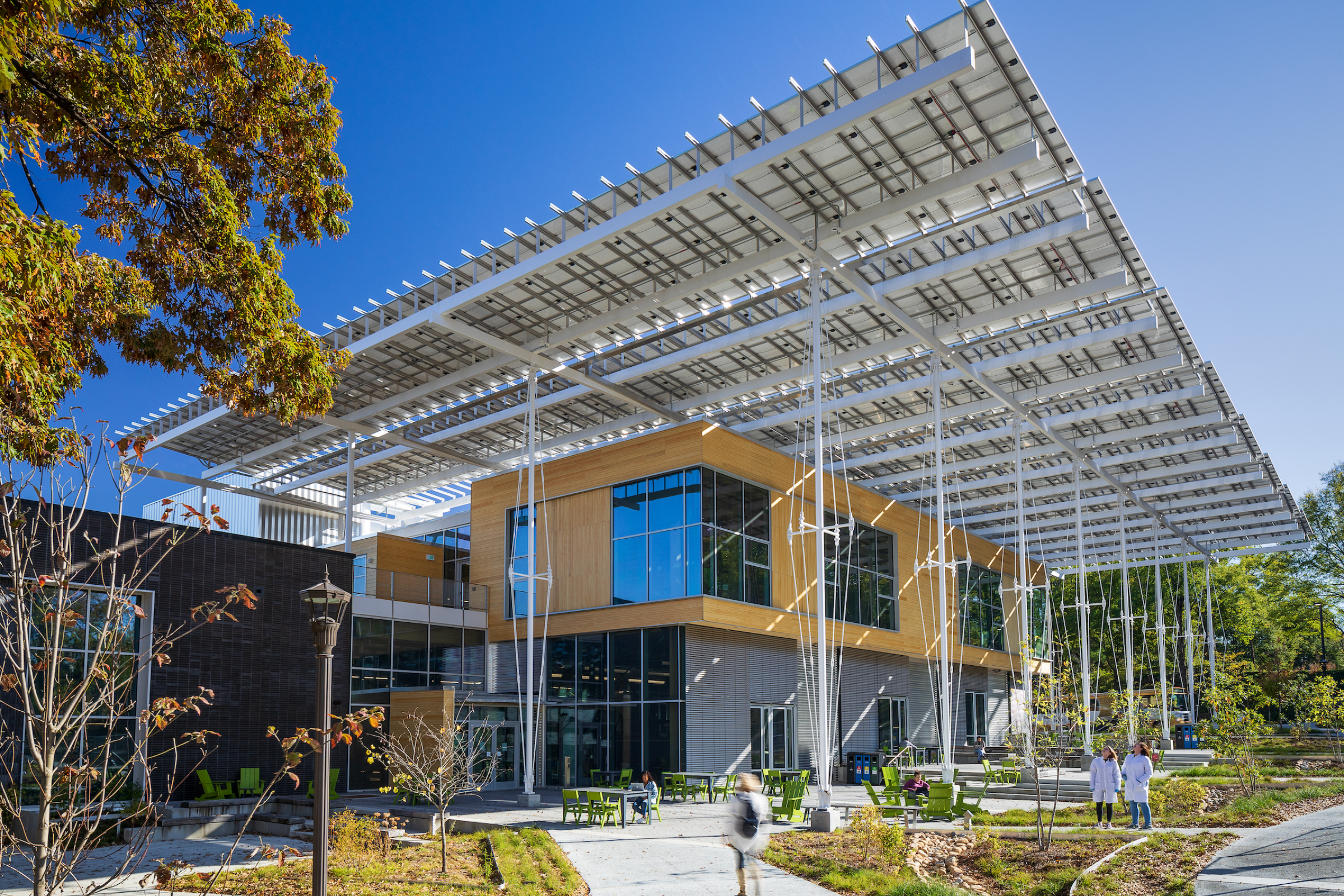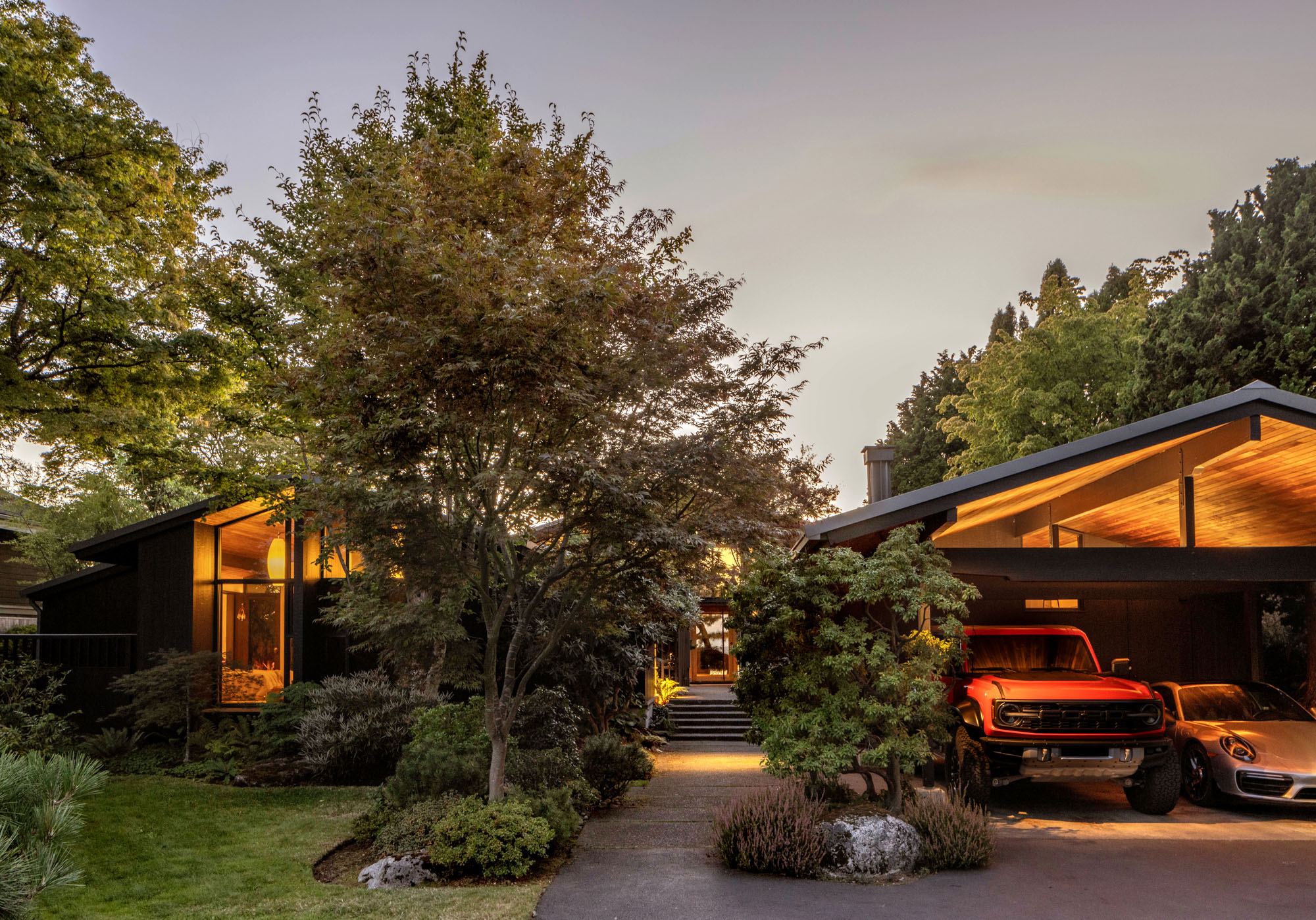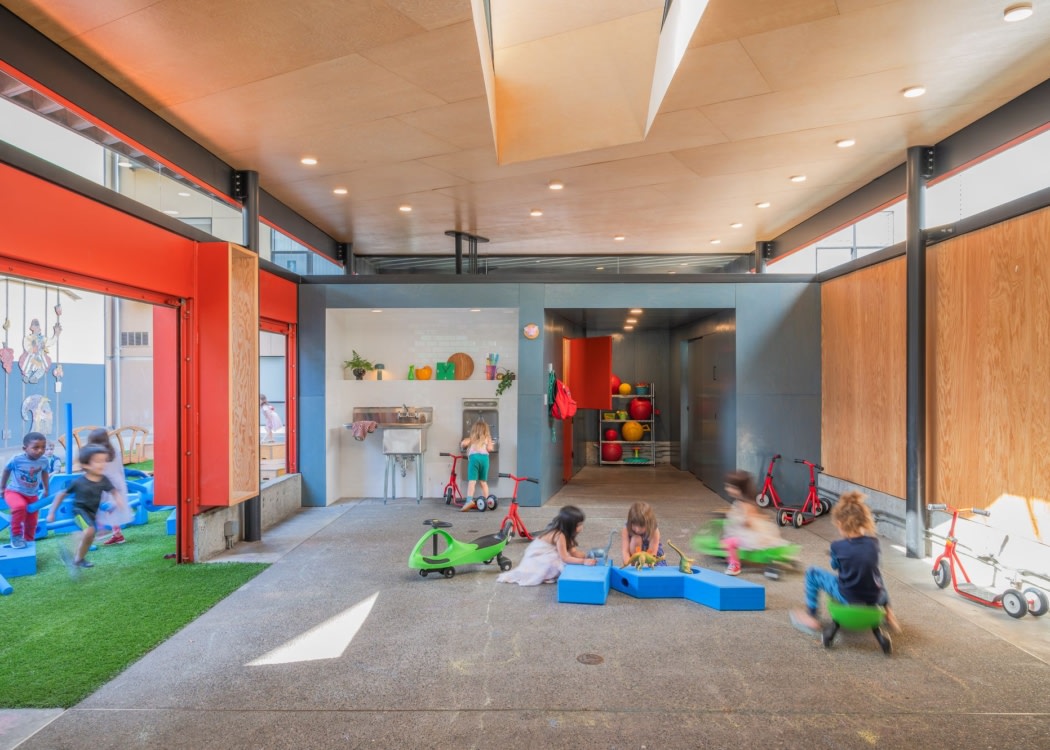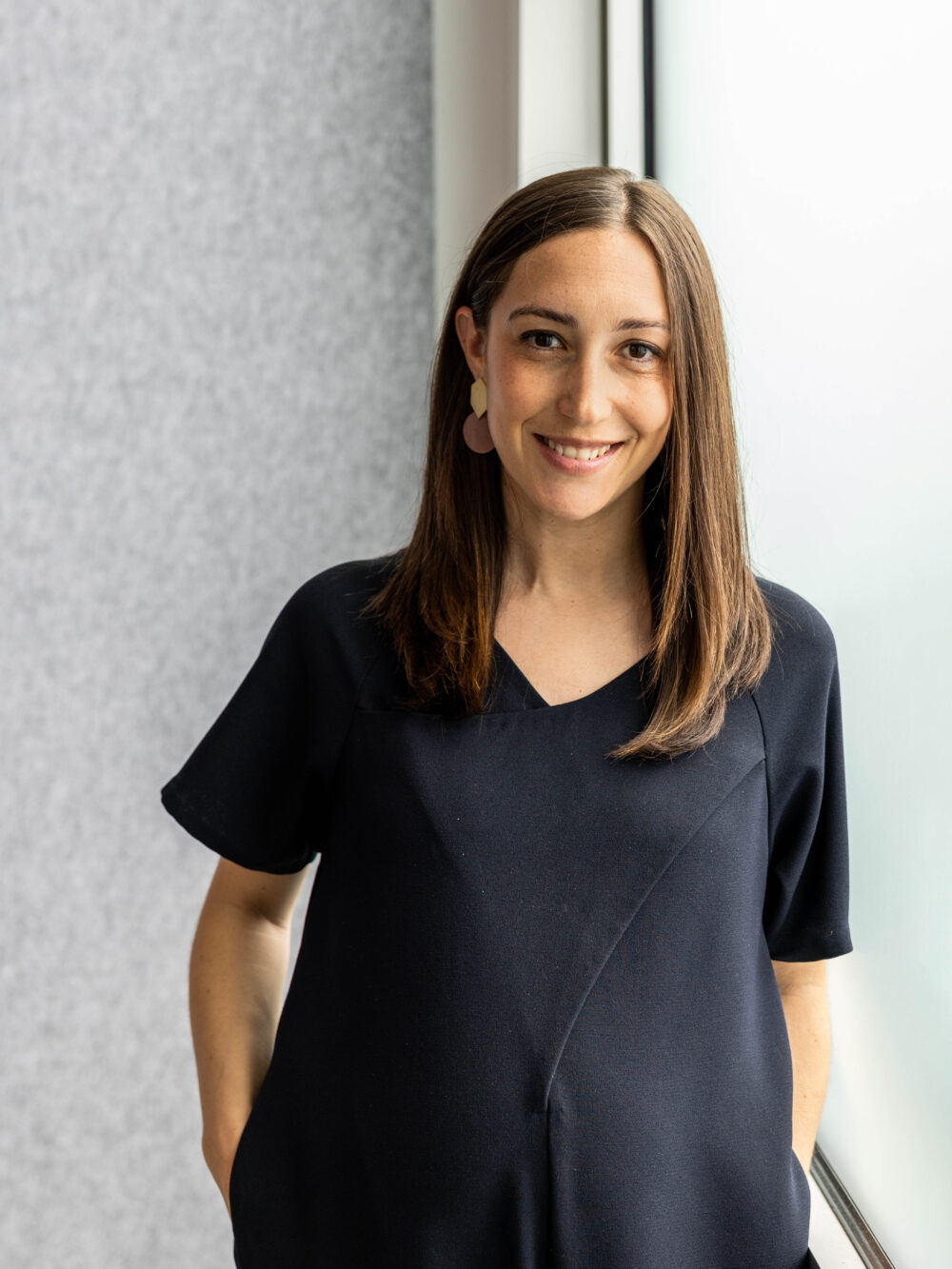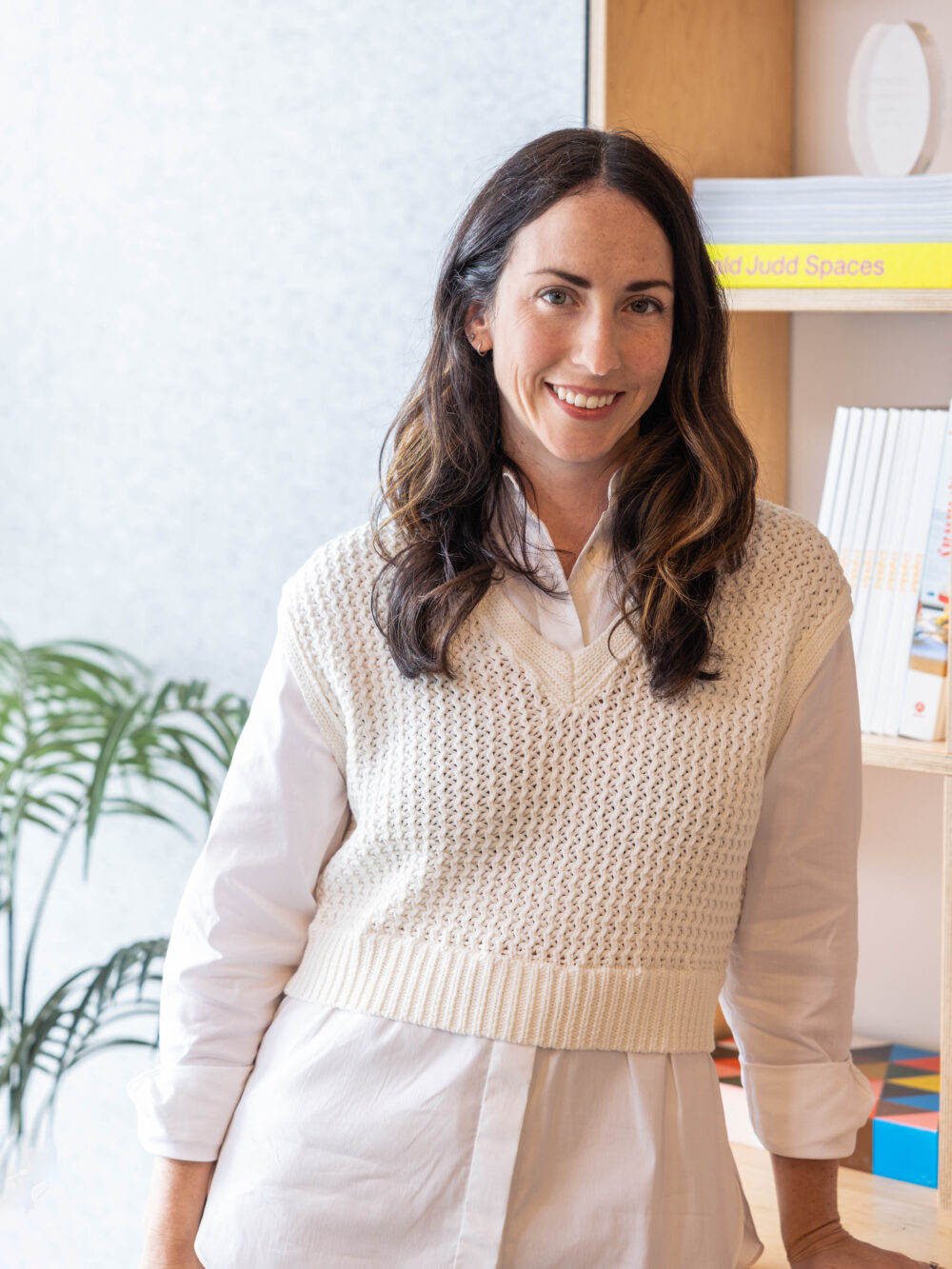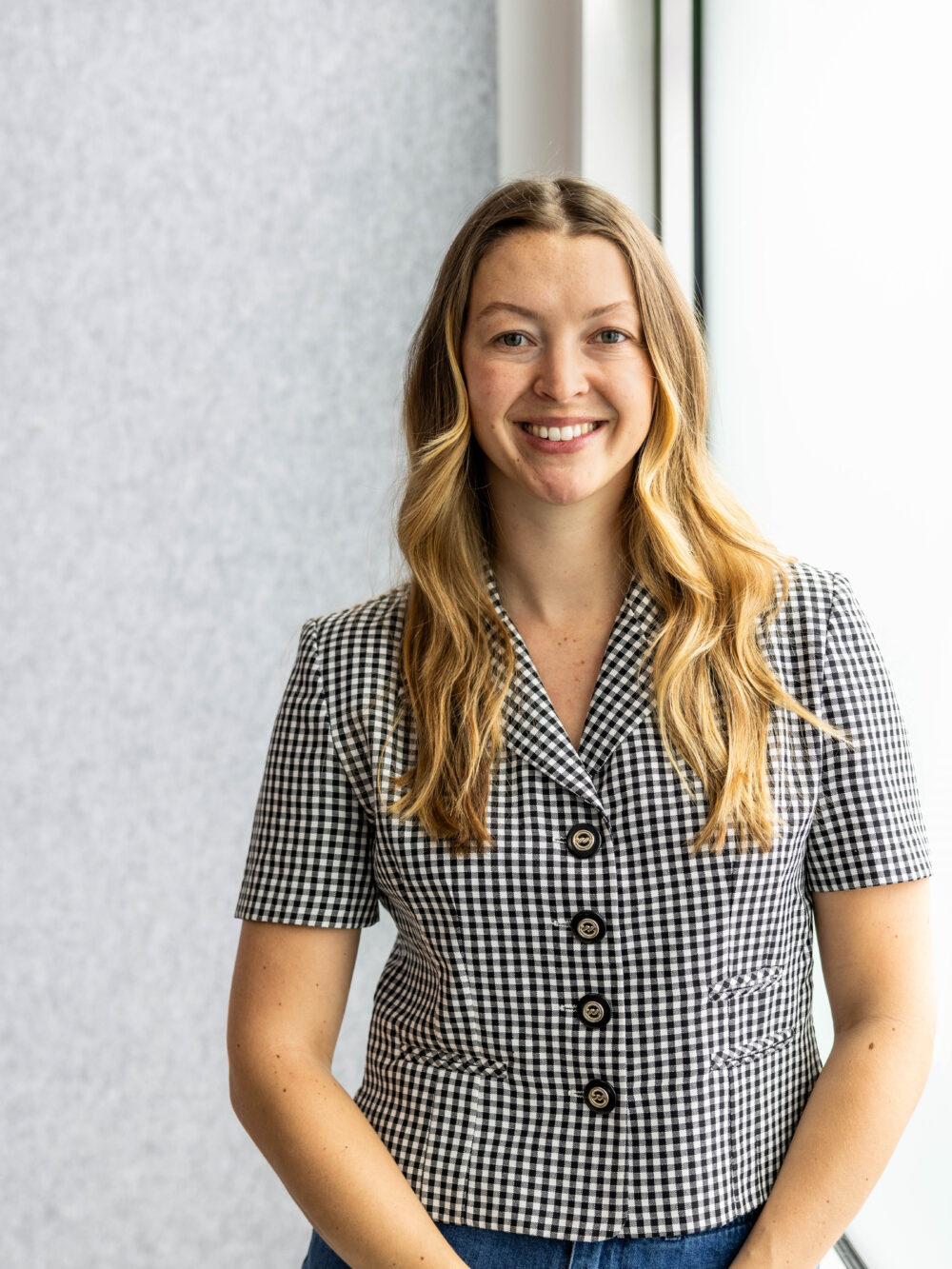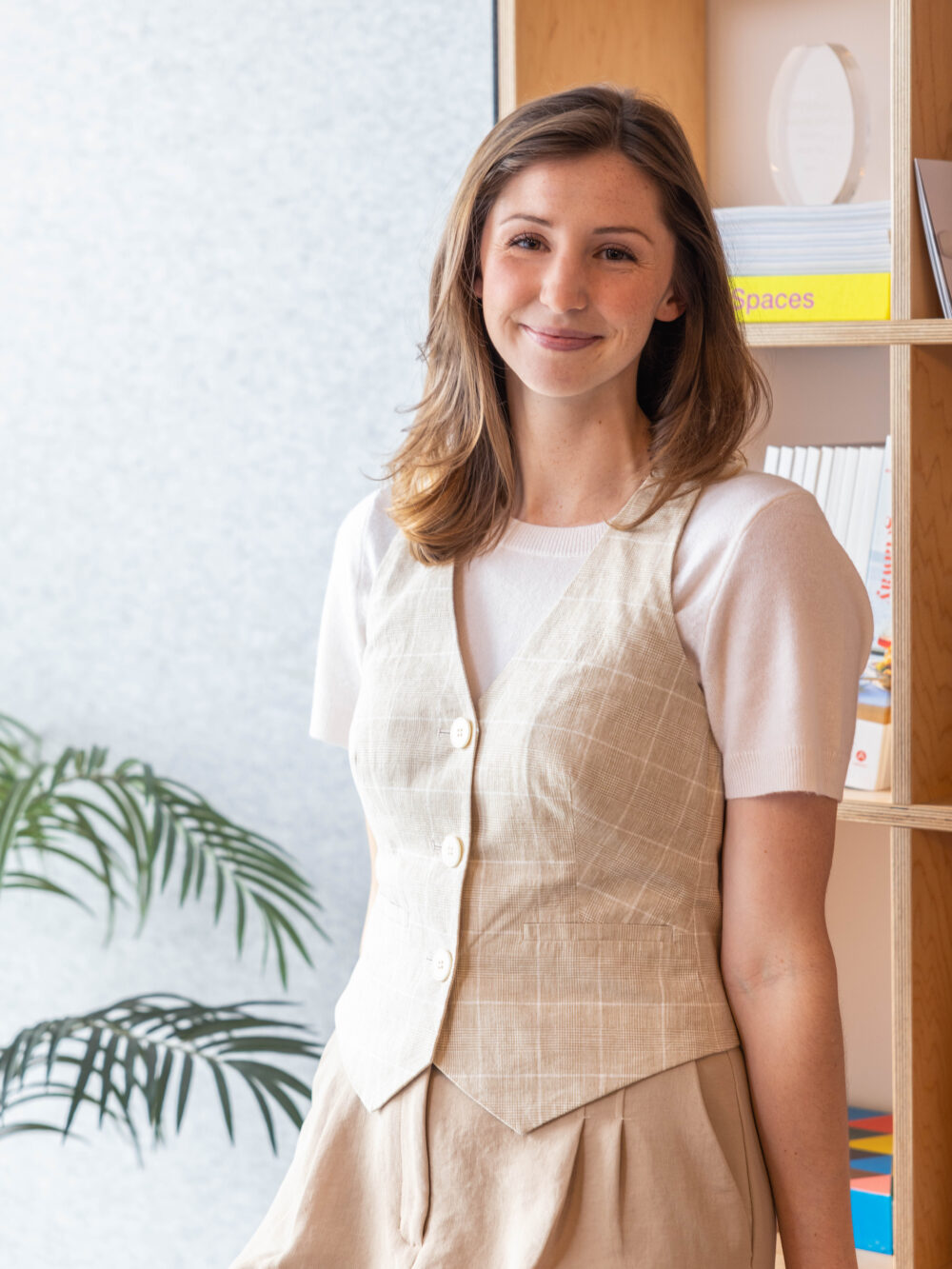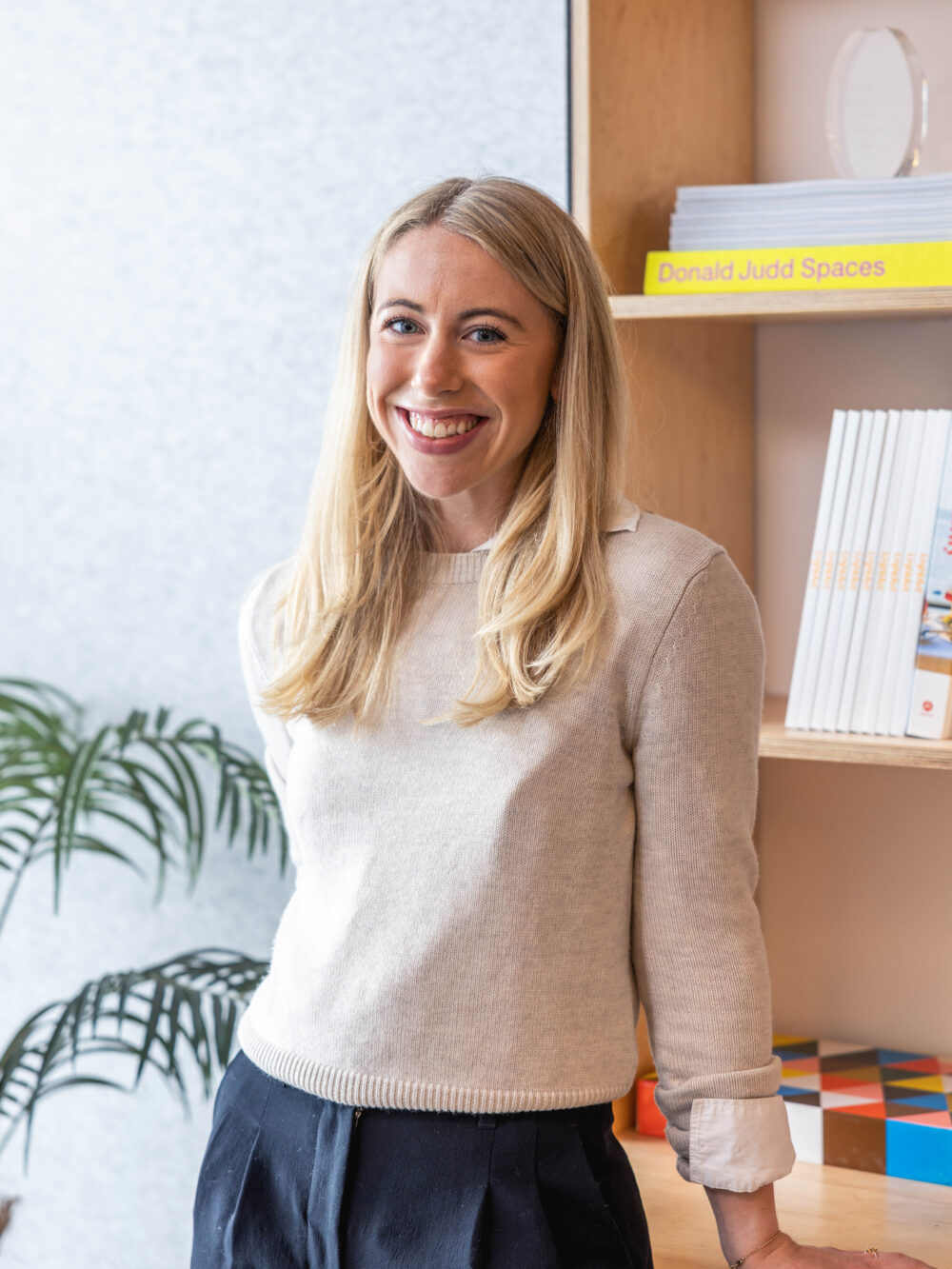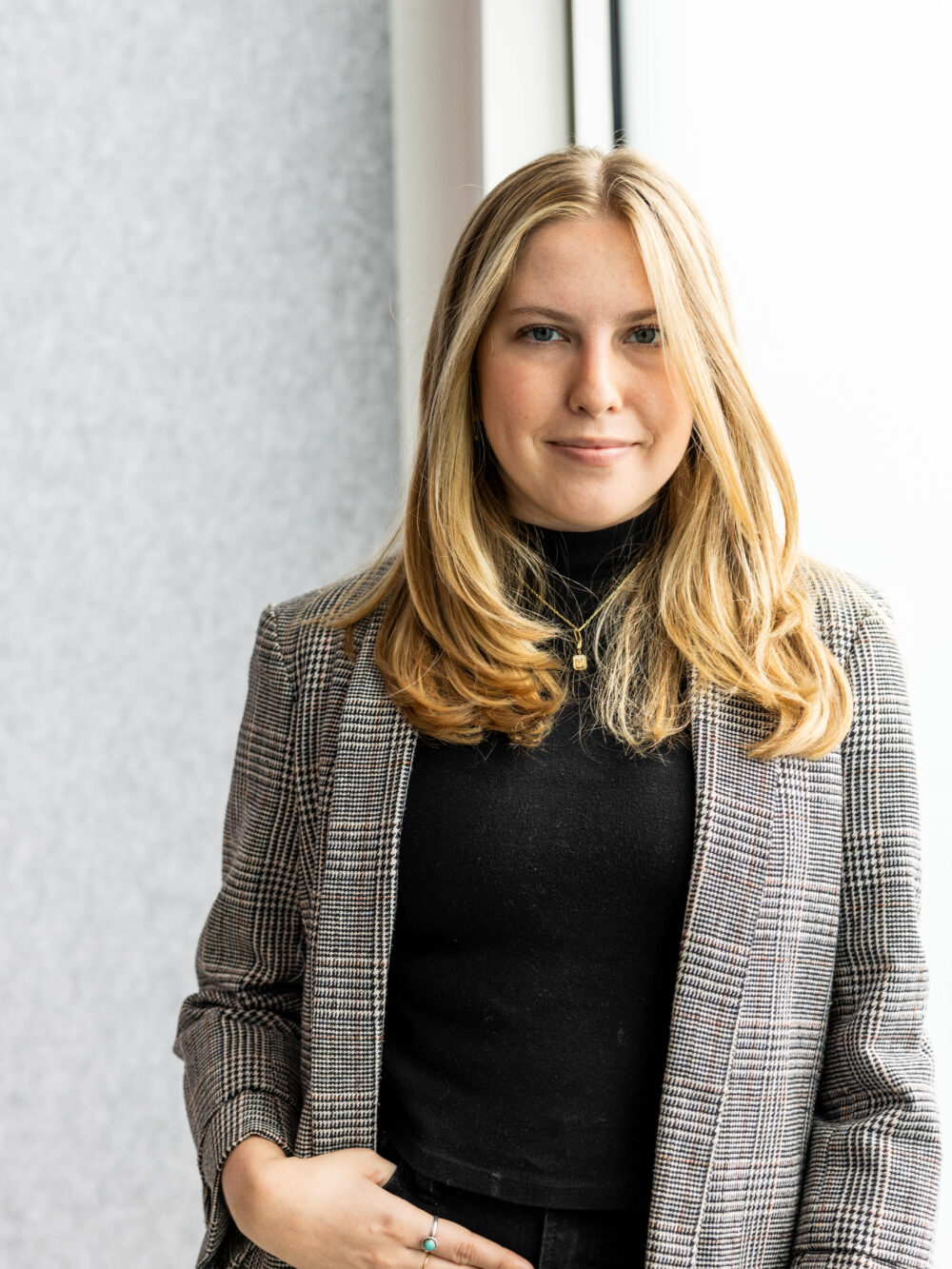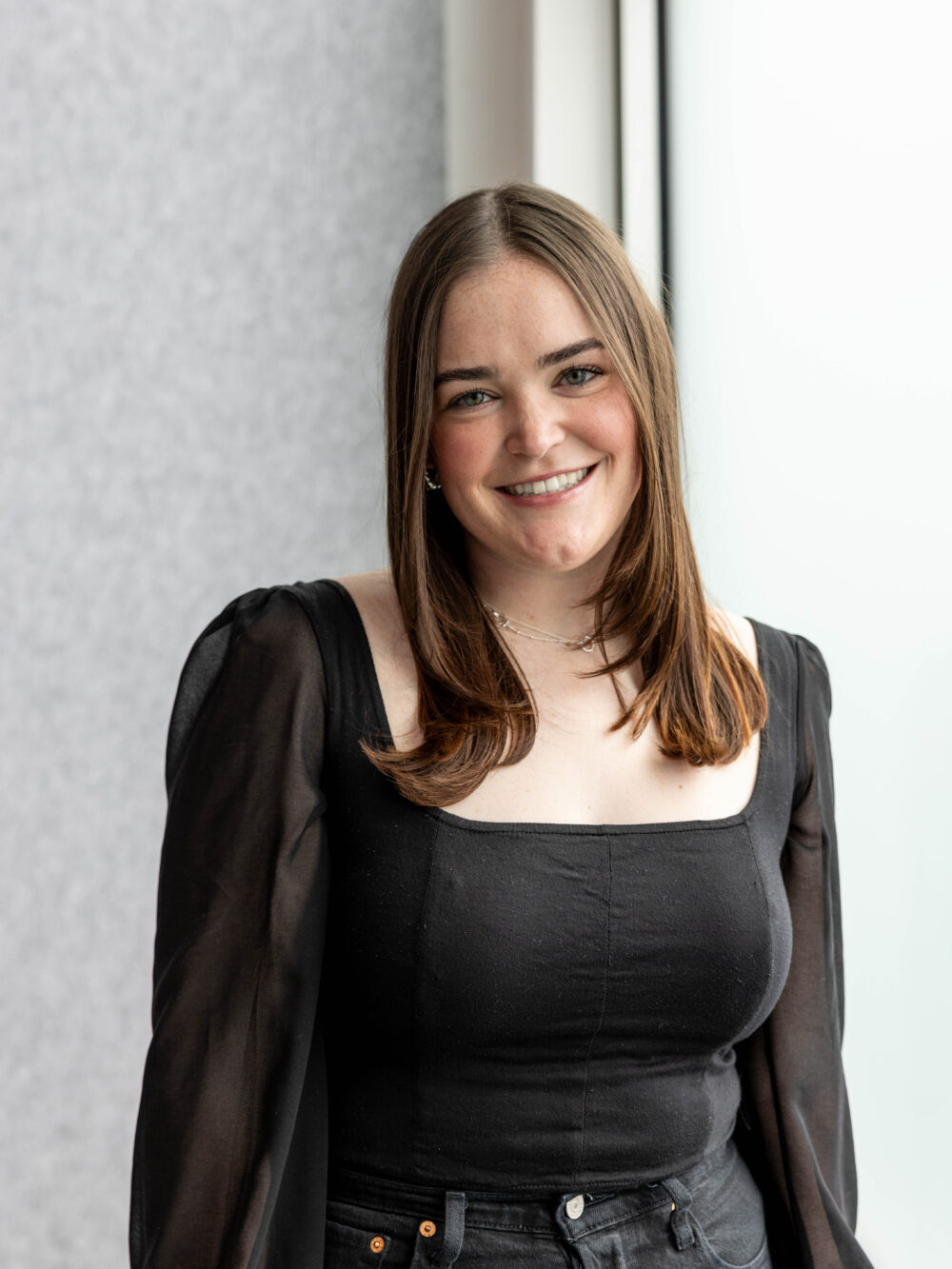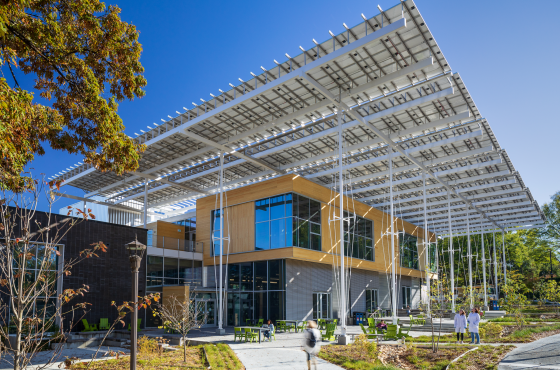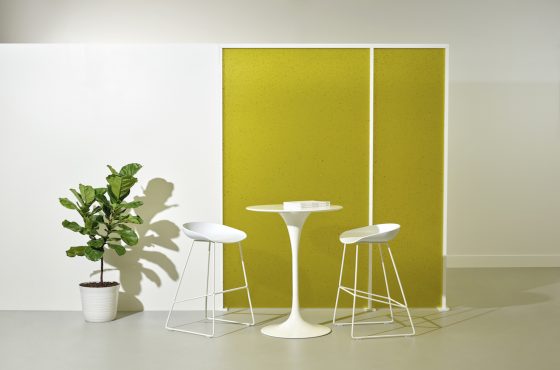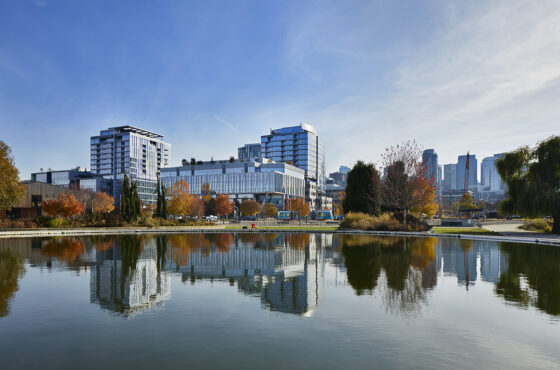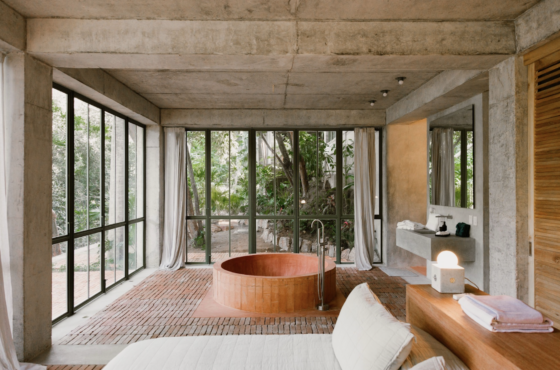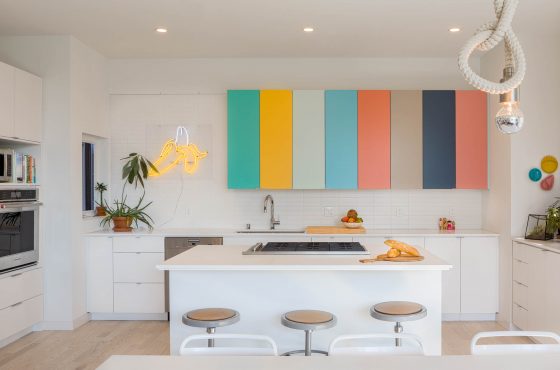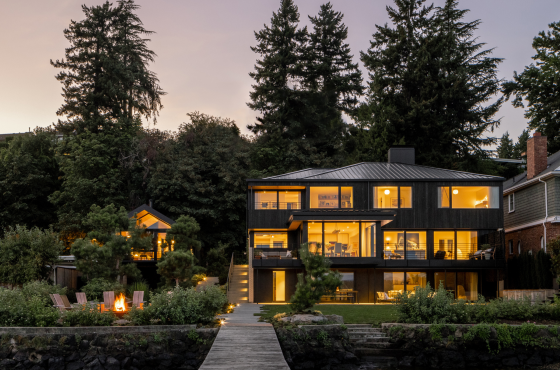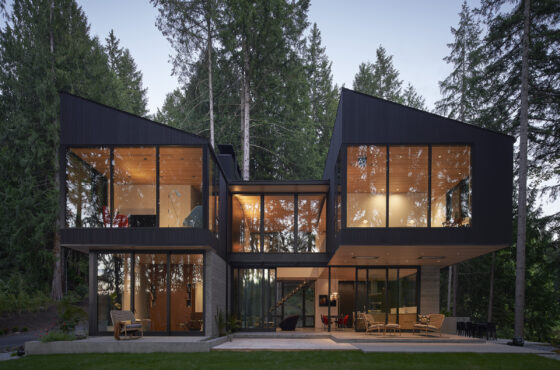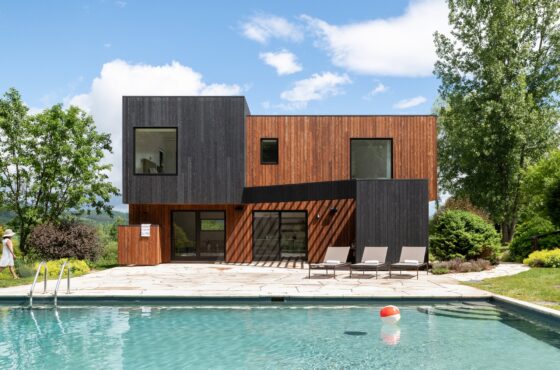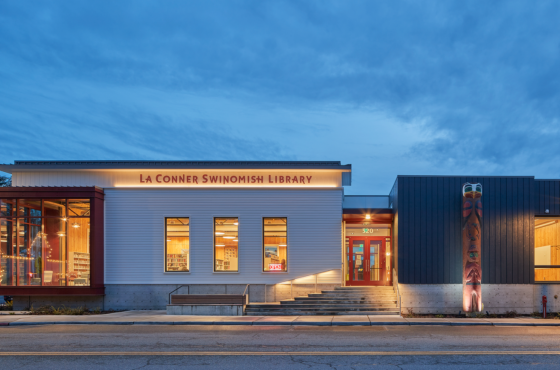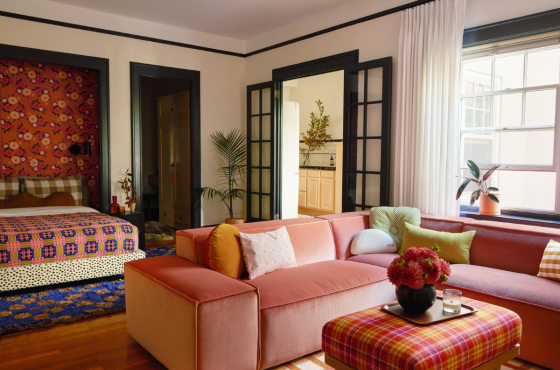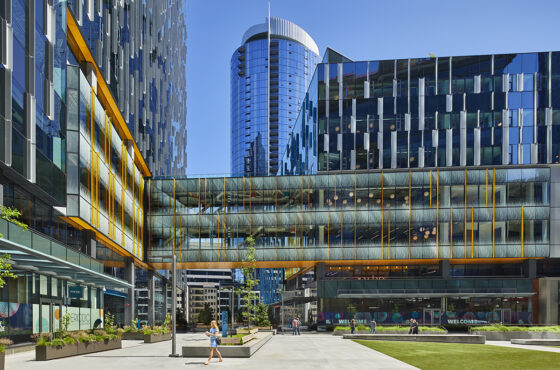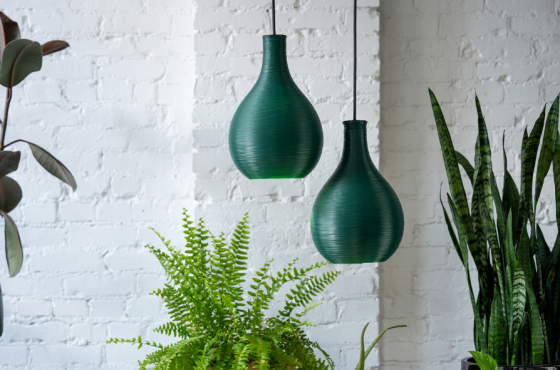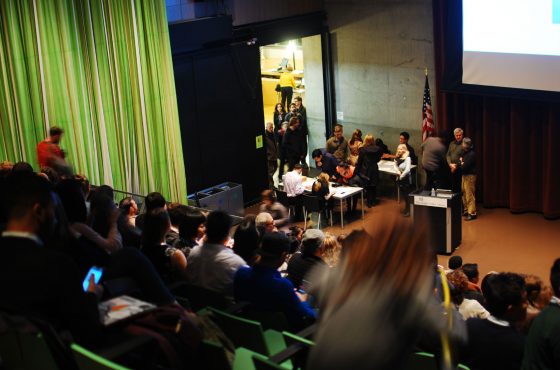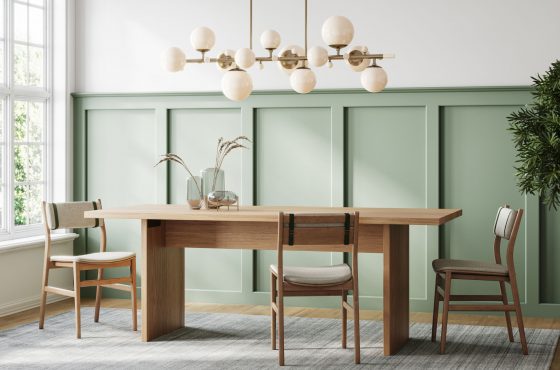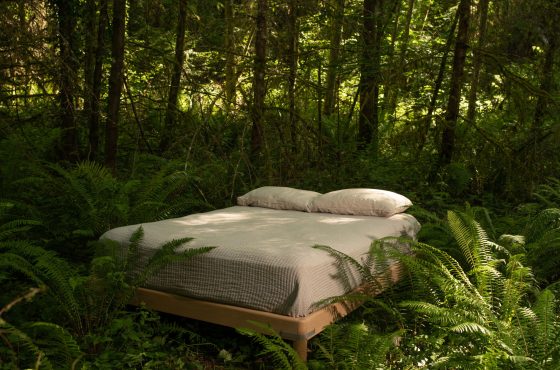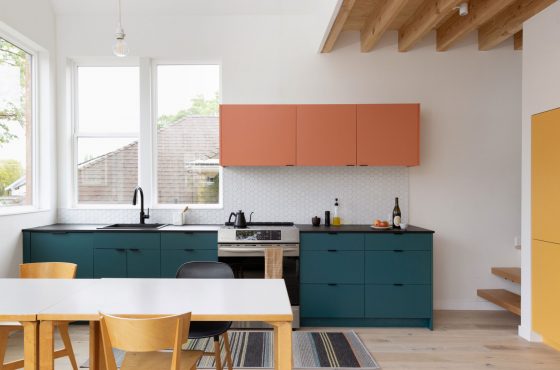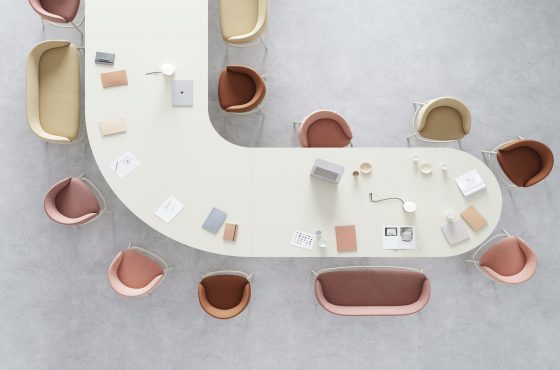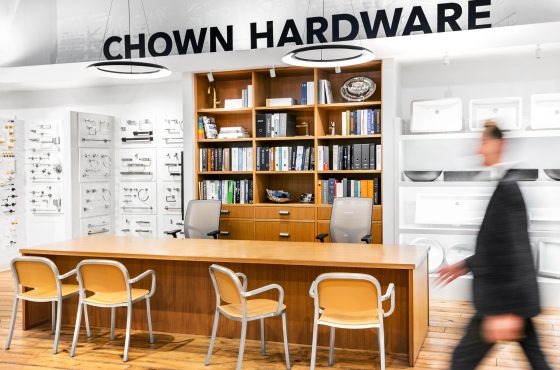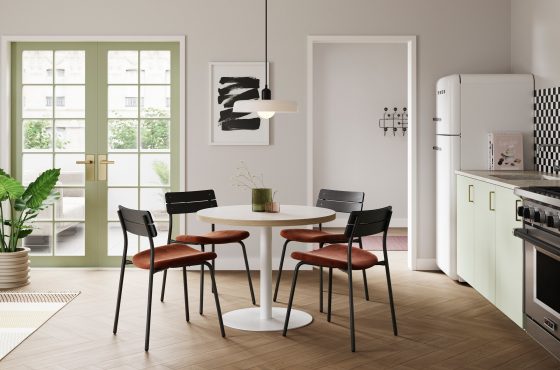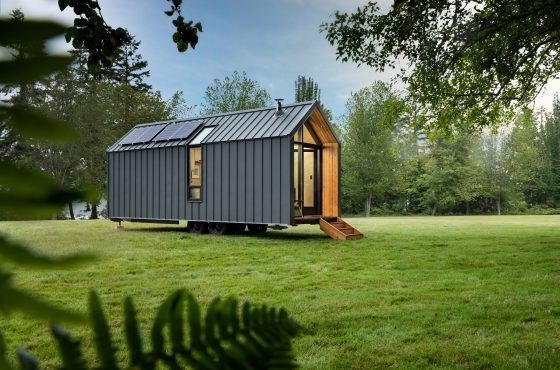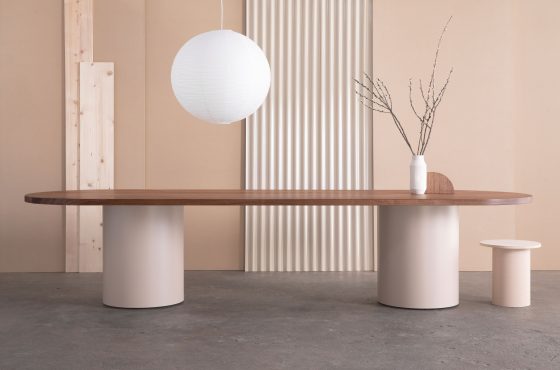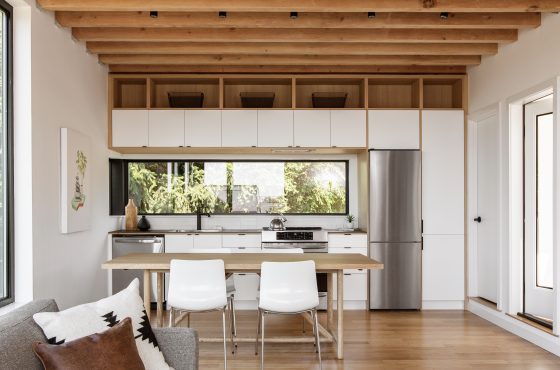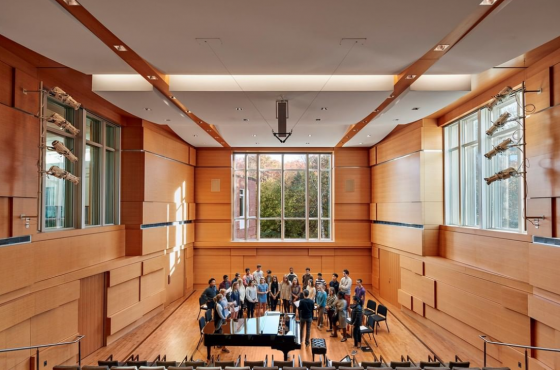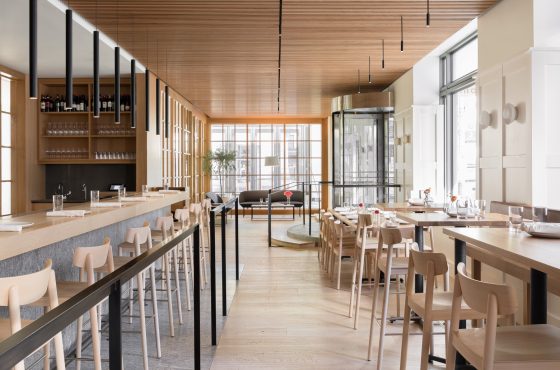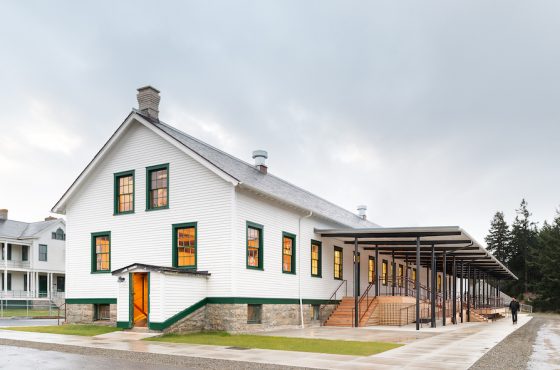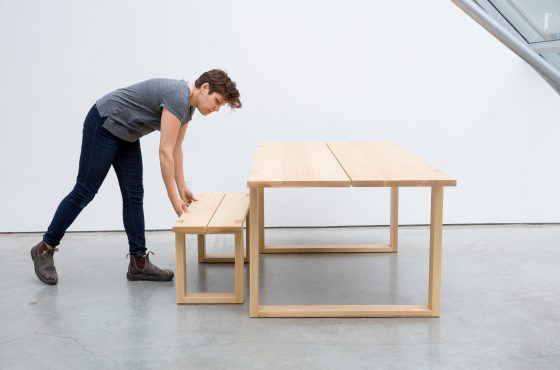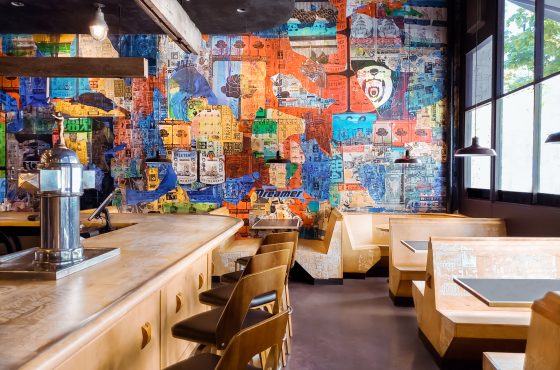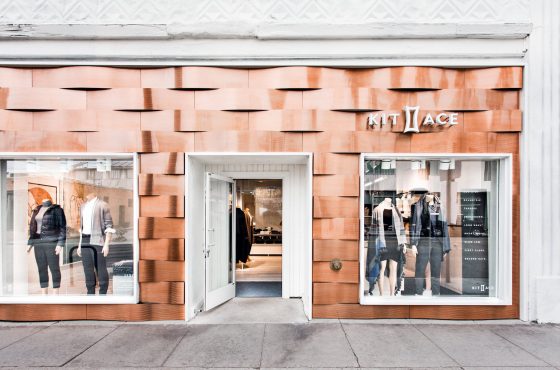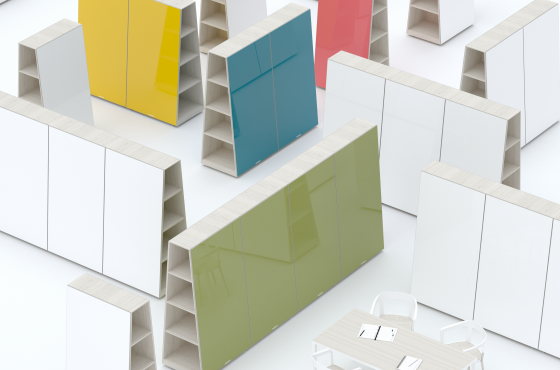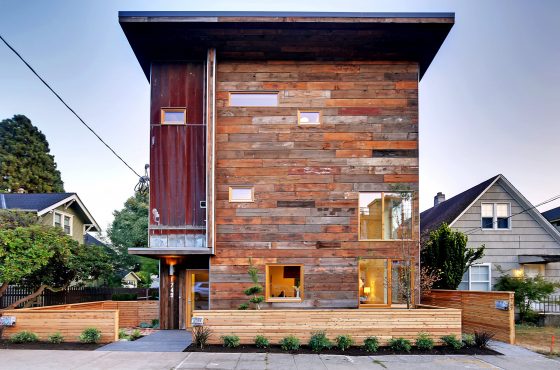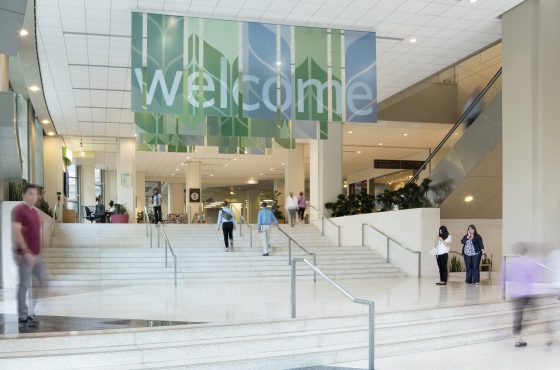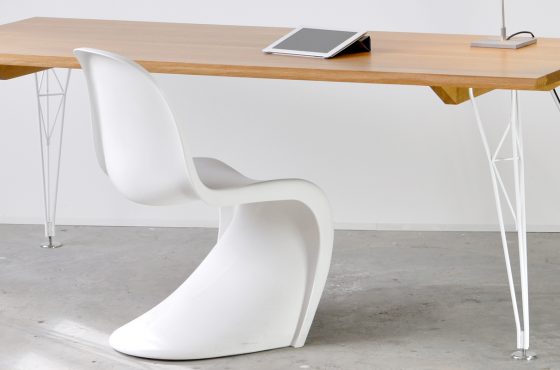
Ballard beehive apartments offer refuge for a diverse workforce
Tear-down homes are selling for more than a million dollars in Seattle’s Ballard neighborhood. And most one-bedroom apartments cost well over $2,000 a month.
That makes it really hard for people with lower-paying jobs to afford places to live in town. And that makes the neighborhood less diverse.
How do locals make it work?
About a dozen residents gather at a shared kitchen in the Karsti Apartments in Ballard. They’re admiring some St. Patricks Day-themed green cream puffs. They were made by one of the residents, Dakkota Robinson.
“I’m a pastry chef, and I work here in Seattle,” Robinson said. “I’ve been doing it about seven years.”

A pastry chef’s salary, however, is not enough to afford a standard apartment in Ballard. Other residents have similar stories.
- “I’m the development and outreach coordinator for the Wallingford Community Senior Center,” Dani Dinlocker-Santiago said.
- “I work at Olympic Athletic Club; I’m the front desk manager,” Mark Noyem said.
- “I work in the realm of substance abuse prevention and opioid use prevention,” Brenna Smith said.
- “I work at the Taco Bell across the street right there,” Eric Kizziar said.
Their jobs are all close by, though most of them pay $30,000 to $45,000 a year in a city where it is recommended that a person earn more than six figures to live.
Logan Nelson manages the Town and Country grocery store across the street.
“It’s affordable for me to live here,” Nelson said. “…I don’t think I could live in Ballard if I wasn’t living in this apartment. I wouldn’t be able to afford to live here.”
“Here” is not your usual apartment building. Rent at the Karsti Apartments starts at around $800. The apartments are tiny, just 200 to 300 square feet. That’s half the size of a studio apartment. But the shared social spaces in the building are huge. There are big kitchens on every floor, a media room, a gym, and little nooks and crannies everywhere where you can hang out with your neighbors.
Resident Dani Dinlocker-Santiago says they hang out a least once a week.
“Yeah, it’s totally unique,” she says. “When I tell people I have community dinners and community events here, they’re kind of like, ‘What?’”

Beehives in Ballard
All kinds of people live in the Karsti Apartments, from all kinds of backgrounds. That’s something that resident Saniah Simpson really noticed.
“It feels like we have this diverse bubble” in the Karsti building, Simpson says. “It feels very safe and welcoming, especially when you live in an outside community that’s not very diverse.”
Ballard has historically been fairly white. So how did this diverse bubble arise here?
It started with an architect named David Neiman, of Neiman Taber Architects.
“There’s a problem out there, that has been growing throughout my career,” Neiman says. “Housing has become less and less affordable and it’s become more and more of an obstacle to people’s basic happiness and fulfilment.”
In the early 2010s, Neiman saw a new kind of housing emerge in Seattle: Buildings packed with tiny apartments, like a beehive. It’s called “microhousing.” “Apodments” was one popular brand name.
But a lot of people didn’t like them in their neighborhoods. And compared them to prison cells. So Seattle outlawed them in 2014 across most of the city.

David Neiman says some critiques of microhousing were valid. But he also saw promise in the form, especially as housing costs continue to climb.
He’s come up with what he says is a better design that both residents and their neighbors will like. And he’s built three of them, as a demonstration, in the few remaining spots where it’s legal.
“So we weren’t the ‘Microhousing 1.0 people,’ but we want to be the ‘Microhousing 2.0’ people; the people that figure out how to make this work, how to make it better, and how to make it a replicable model where people say, ‘Wow, that’s great, I want to do that.’”

This new kind of microhousing is still a beehive. It’s those bigger social spaces that are new here. But the social spaces raised some new problems.
Like, if you’re sharing a kitchen, how do you handle the situation when somebody steals your eggs from the fridge? Or leaves dishes in the sink?
“All of that stuff is part of the challenges of living in community with other people,” Neiman says. “And that’s why we turned to a skilled operator like Open Door as a key part of making this work.”

Open Door is a company started by a few people in Oakland that shared a house together. They learned a few things as they grew. And they’ve created a method for managing conflict in cooperative living arrangements.
“Bringing a diverse group of people to truly create a sense of belonging is a really difficult thing to do,” said Sonj Basha, who works for Open Door.
Basha and the Open Door team screened renters – to make sure they fully understood what cooperative living entails. I mean, there are chores, for example.
But there are also rewards. A lot of friendships have sprung up, in this building. And Basha says those relationships help the residents here feel at home in Ballard.

“You know that you’re not just someone trying to make out in this world, and go to work so you can pay your rent. But really you’re living like a purposeful life.”
Most people think of microhousing as just a cheap place to live. But Basha believes that the kind of microhousing at the Karsti Apartments contributes something more important to the neighborhood.
“What we’re offering to the Ballard neighborhood, that hasn’t historically had a lot of diversity, is really awesome, fun, cool people that will … spice up your life a little,” Basha says.
Architect David Neiman is trying to convince Seattle that microhousing deserves a second look. Whether that’s politically possible could depend on how the neighbors feel about buildings like these. People like Dale Stenning, who lives on the same block.
“I don’t love these buildings,” Stenning said. “As a resident in a single family home, that really appreciates these communities, [these microhousing apartments] can feel invasive and really alter the fabric of the community. But the diversity is much more important to me. And I support it fundamentally.”
Another neighbor said that the residents at Karsti seem sort of idealistic about their cooperative lifestyle, but maybe they can pull it off.
Mayor Bruce Harrell’s office says that the mayor is open to reexamining the 2014 law that outlawed microhousing in most of Seattle. That doesn’t mean the law will change for sure, but he’s gonna look at it.
